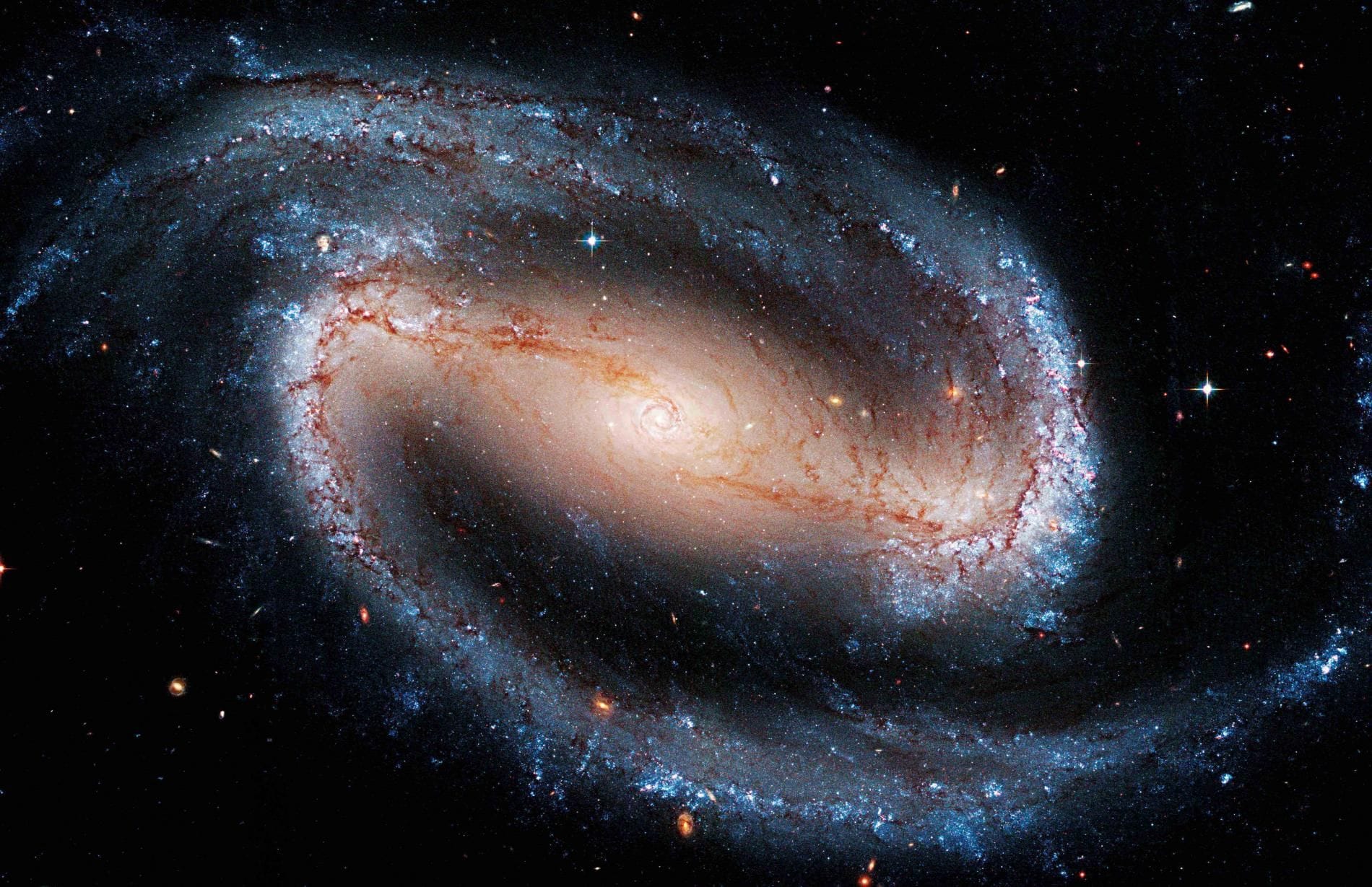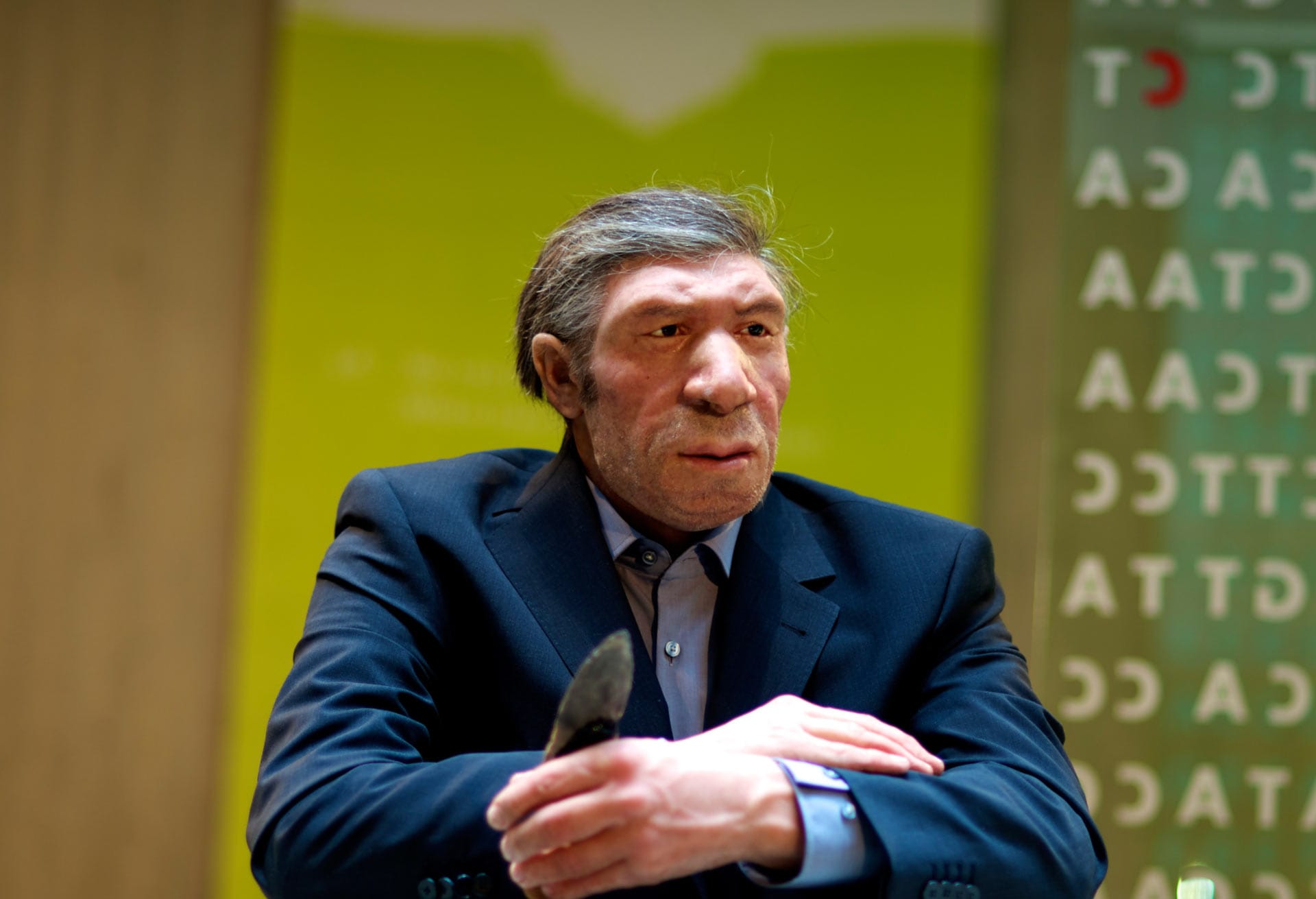The Doomsday Clock, a symbolic countdown to potential global catastrophe, has been a subject of international attention since its inception in 1947. Maintained by the Bulletin of the Atomic Scientists, the clock is a metaphor for the perilous state of the world, with midnight signifying the apocalypse. The clock’s hands are adjusted based on the assessment of existential threats, including nuclear weapons, climate change, and other global challenges.
This year, the Bulletin of the Atomic Scientists convened a panel of experts to evaluate the current state of the world and determine the appropriate setting for the Doomsday Clock. The panel consists of prominent scientists and Nobel laureates who provide insights into the most pressing global threats. Their deliberations are based on a comprehensive analysis of various factors, including geopolitical tensions, technological advancements, and environmental concerns.
One of the foremost concerns is the threat of nuclear weapons. Despite efforts towards disarmament, several nations continue to expand their nuclear arsenals. The risk of nuclear conflict remains a significant concern, particularly in regions with longstanding geopolitical tensions. The panel also considers the impact of technological advancements, such as artificial intelligence and biotechnology, which could pose new and unpredictable threats.
Climate change is another critical factor influencing the Doomsday Clock. The panel assesses the progress made in addressing climate change and the potential consequences of inaction. Rising temperatures, sea-level rise, and extreme weather events pose substantial threats to global stability and human survival. The panel’s evaluation takes into account the commitments made by nations under the Paris Agreement and their actual progress in reducing greenhouse gas emissions.
In addition to nuclear weapons and climate change, the panel considers other existential threats, such as pandemics and cybersecurity. The COVID-19 pandemic has highlighted the vulnerabilities in global health systems and the potential for future pandemics to cause widespread suffering and economic disruption. Cyber threats, including state-sponsored cyber attacks and the potential misuse of emerging technologies, are also scrutinized.
The Doomsday Clock serves as a stark reminder of the urgent need for global cooperation in addressing these existential threats. It is a call to action for governments, international organizations, and citizens to work together to mitigate risks and promote a more secure and sustainable future. The clock’s setting is not intended to be a definitive measure of the world’s safety but rather a catalyst for dialogue and collective action.
This year, the Doomsday Clock has been set at a particular minute to midnight, reflecting the current state of global threats. The exact setting is determined by the panel and announced each year on the basis of their assessment. The clock’s setting serves as a powerful visual symbol of the urgency of global challenges and the need for concerted efforts to address them.
In conclusion, the Doomsday Clock is a critical tool for raising awareness about the existential threats facing humanity. It serves as a reminder of the importance of global cooperation and the need for collective action to mitigate risks and promote a more secure and sustainable future. The clock’s setting is a call to action for all stakeholders to work together in addressing the most pressing challenges of our time.



